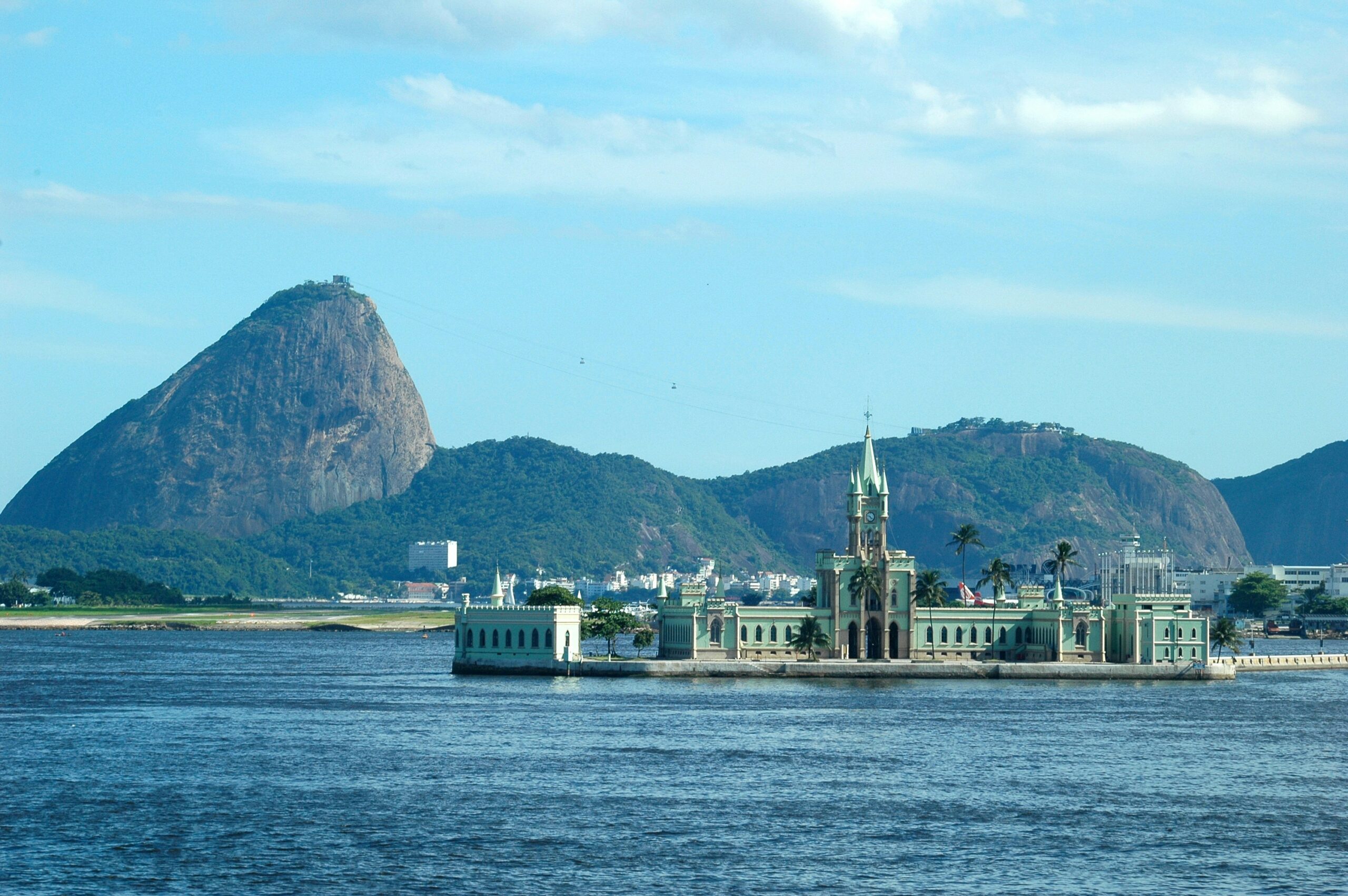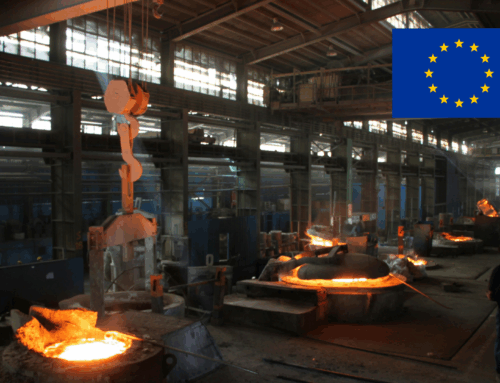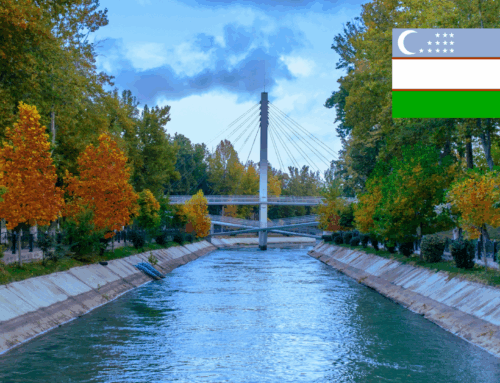Since June 2019, negotiations on the comprehensive trade agreement between the European Union and Latin America’s most important economic alliance have been considered finalized. The first bilateral talks on this took place over 20 years ago. The free trade pact is part of an association agreement, the drafting of which is delaying and possibly even endangering the final announcement of the bilateral partnership.
A key reason for concern on the European side is the relatively loose environmental protection regulations in the member countries of the Latin American trade organization, which could put European companies at a competitive disadvantage. French farmers in particular fear that the European market will be flooded with goods at rock-bottom prices. To prevent this threat, the EU proposed an additional agreement in mid-2023 for non-compliance with certain environmental protection standards with sanctions. However, the majority of Mercosur states rejected this proposal.
Meanwhile, economic ties with China are increasingly being expanded on the South American side, which may put additional pressure on the status of the negotiations on the association agreement. A conclusion before the 2024 European elections is therefore unlikely.
However, a closer economic cooperation would be in the interests of both economic blocs. With around 800 million inhabitants, the EU-Mercosur agreement would be the largest free trade zone in the world. In 2023, the trade volume would already amount to 118.3 billion US dollars. Trade barriers such as customs duties, which apply to around 85 per cent of all EU exports to Mercosur, would be eliminated. This could save companies over 4 billion euros a year.
The current member states of the economic alliance Mercosur (Mercado Común del Sur – in English: Southern Common Market) are Argentina, Brazil, Bolivia, Paraguay, and Uruguay, after Venezuela was excluded from the alliance in December 2016.
Source: GTAI (German)






